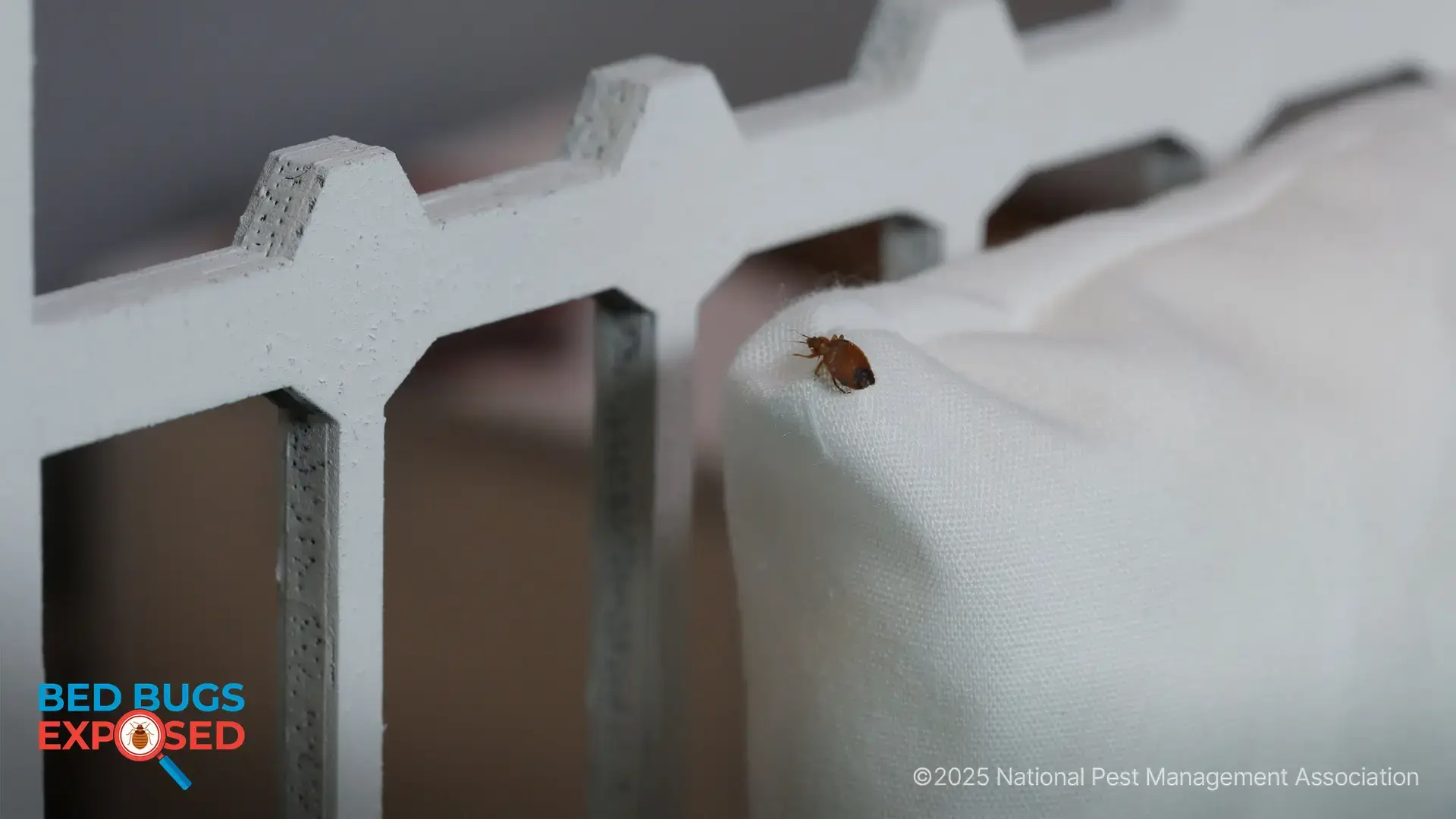Asian Needle Ant: The Stinging Invader Every Homeowner Should Know About
The Asian needle ant (Brachyponera chinensis) is an aggressive invader making its way across the United States. Though it was first reported in the US in the 1930’s, the Asian needle ant went relatively unnoticed until 2006 when it was formally recognized as a pest. Since then, this small but dangerous species has spread to several southeastern states as well as Texas and Washington State, with that range expected to grow.
What Makes the Asian Needle Ant Different?
The Asian needle ant is far from the household ant you might be used to. Originally from East Asia, this ant is dark brown to black and can grow up to 0.2 inches – about the size of a pencil eraser. Its antennae and legs are a lighter orange-brown. But what truly sets it apart is its sting. While the ant isn’t extremely aggressive, its stings are painful and can cause a host of symptoms.

(Image provided by J. Longino of AntWeb.org)
The Health Risks of a Sting
The sting of an Asian needle ant can cause more than just discomfort. It has been linked to severe allergic reactions. According to research from the USDA, the pain from the sting is intense and can radiate for hours, leaving behind hives and redness. Anaphylaxis, a life-threatening allergic reaction that can cause difficulty breathing and facial swelling, is a genuine concern, especially for those with insect sting allergies. If you experience symptoms such as difficulty breathing, swollen lips or throat, or dizziness, seek emergency medical help immediately.
Where to Find Them
Asian needle ants thrive in moist, shaded areas around your home. They are commonly found in:
-
Leaf litter and mulch
-
Under logs and stones
-
Damp areas near your home’s foundation
In addition to natural habitats, these ants are also drawn to areas where moisture issues are present, such as leaking gutters or areas with poor drainage.
How to Prevent an Infestation
Prevention is key to keeping your family safe from these stinging ants. Here’s how you can reduce the risk:
-
Clear away logs, stones, and any other debris near your home.
-
Keep grass short and inspect landscaping materials before bringing them into your yard.
-
Make sure any cracks in your foundation are sealed properly to prevent ants from entering.
-
Address leaks or any areas of standing water that may attract these ants.
-
If you're working outdoors, especially in areas with ground debris, wear gloves and long sleeves to minimize the risk of a sting.
Dealing with an Infestation
Contacting a pest management professional is the safest and most effective solution for dealing with an insect infestation. Experts are equipped with the right tools and knowledge to handle infestations and ensure long-term control.
What to Do If You Get Stung
If you're stung by an Asian Needle Ant:
-
Move away from the area to avoid additional stings.
-
Wash the sting site with soap and water.
-
Apply ice to reduce swelling.
-
Consider taking NSAIDs such as ibuprofen or naproxen to reduce inflammation and provide additional pain relief.
-
Watch closely for any signs of an allergic reaction.
-
Consider taking an antihistamine to help alleviate minor to moderate allergic reactions
-
If you experience severe symptoms, such as difficulty breathing or dizziness, seek medical help immediately. Those with known insect allergies should consider carrying an epinephrine auto-injector when working outdoors.
The Bottom Line
The Asian needle ant is not just another nuisance; it’s a real health risk. While its small size may seem harmless, the potential for severe allergic reactions from its sting makes this invasive species one to watch out for. By taking the right precautions, keeping your home free of moisture, and addressing infestations early, you can protect your family and your property from these dangerous invaders.
If you think you've found Asian needle ants on your property, it’s important to contact a pest management professional for proper identification and treatment.

Learn About Rodents
Rodents invade millions of homes each winter. Learn more about them!

NPMA's Bug Barometer Forecast
The latest Bug Barometer® forecast from the National Pest Management Association reveals what homeowners across America can expect from pest activity this fall and winter.

NPMA's Bed Bugs Exposed Project
Check out NPMA's Bed Bugs Exposed project to learn more about this hitchhiking pest and how to prevent an infestation at home.
Find a PEST PRO in your area

Learn About Rodents
Rodents invade millions of homes each winter. Learn more about them!

NPMA's Bug Barometer Forecast
The latest Bug Barometer® forecast from the National Pest Management Association reveals what homeowners across America can expect from pest activity this fall and winter.

NPMA's Bed Bugs Exposed Project
Check out NPMA's Bed Bugs Exposed project to learn more about this hitchhiking pest and how to prevent an infestation at home.
